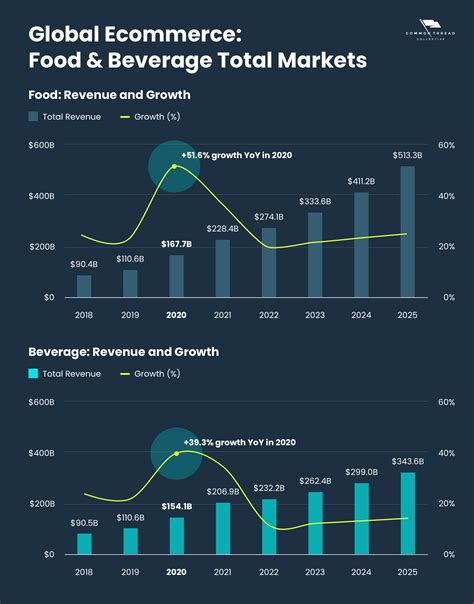Decoding Consumer Trends in the Food and Beverage Industry: A Recipe for Success
The food and beverage industry is a dynamic landscape, constantly evolving to meet the ever-changing demands of consumers. Understanding these trends is not just beneficial, it's crucial for survival and success. This article delves into the key consumer trends shaping the F&B industry, providing you with a comprehensive recipe for understanding and capitalizing on this evolving market.
1. The Rise of Health and Wellness: A Core Ingredient
Consumers are increasingly prioritizing their health and wellness. This translates into a massive surge in demand for:
- Functional Foods & Beverages: Products enriched with vitamins, minerals, probiotics, or other beneficial ingredients are in high demand. Think fortified cereals, protein-packed snacks, and kombucha.
- Plant-Based Alternatives: Veganism and vegetarianism are on the rise, driving innovation in plant-based meats, dairy alternatives, and other products.
- Clean Label Products: Transparency is key. Consumers are seeking products with simple, recognizable ingredients, devoid of artificial colors, flavors, and preservatives.
Pro-Tip: Highlight the health benefits of your products clearly and concisely. Use terms like "organic," "natural," "gluten-free," and "vegan" where applicable, but always ensure accuracy.
2. Sustainability: A Sustainable Strategy
Environmental concerns are profoundly influencing consumer choices. This trend manifests in:
- Sustainable Sourcing: Consumers are more likely to purchase products from brands committed to ethical and sustainable sourcing practices, minimizing environmental impact.
- Reduced Packaging: Minimizing waste is paramount. Look for innovative packaging solutions that use less material and are easily recyclable or compostable.
- Locally Sourced Ingredients: Supporting local farmers and businesses is increasingly attractive to environmentally conscious consumers.
Pro-Tip: Clearly communicate your brand's sustainability initiatives. Highlight your efforts in reducing your carbon footprint, using sustainable packaging, and sourcing ingredients responsibly.
3. Convenience and Personalization: The Perfect Blend
Busy lifestyles are fueling demand for convenient and personalized food and beverage options:
- Ready-to-Eat Meals: Pre-packaged meals, meal kits, and ready-to-heat options are highly sought after.
- Personalized Nutrition: Consumers are seeking customized nutrition plans and products tailored to their specific dietary needs and preferences.
- Subscription Services: Recurring deliveries of food and beverages are gaining popularity, offering convenience and consistency.
Pro-Tip: Offer a range of convenient options, and consider incorporating personalization features into your products or services. This could include custom meal planning options or allowing customers to build their own meals.
4. Experiential Consumption: The Flavorful Garnish
The dining experience extends beyond just the food itself. Consumers are looking for:
- Instagrammable Foods: Visually appealing dishes and beverages are crucial for social media engagement.
- Unique and Authentic Flavors: Consumers are adventurous and crave unique flavor profiles and international cuisines.
- Storytelling: Brands that tell compelling stories about their products and their origins resonate with consumers.
Pro-Tip: Create a memorable dining experience that is visually appealing and aligns with current food trends. Showcase the unique story behind your products and connect with consumers on an emotional level.
5. Transparency and Traceability: The Secret Ingredient
Consumers are demanding greater transparency and traceability in their food supply chains:
- Knowing Where Your Food Comes From: Consumers want to know the origin of their food and the journey it took to get to their plate.
- Ethical Production Practices: Fair labor practices and ethical sourcing are non-negotiable for many consumers.
- Clear and Concise Labeling: Accurate and comprehensive labeling is crucial for building trust and transparency.
Pro-Tip: Be transparent about your supply chain, highlight your ethical sourcing practices, and use clear and concise labeling to provide consumers with the information they demand.
By incorporating these key consumer trends into your strategy, you can create a winning recipe for success in the dynamic food and beverage industry. Remember to stay agile, adapt to evolving preferences, and continuously innovate to meet the ever-changing demands of the modern consumer.
